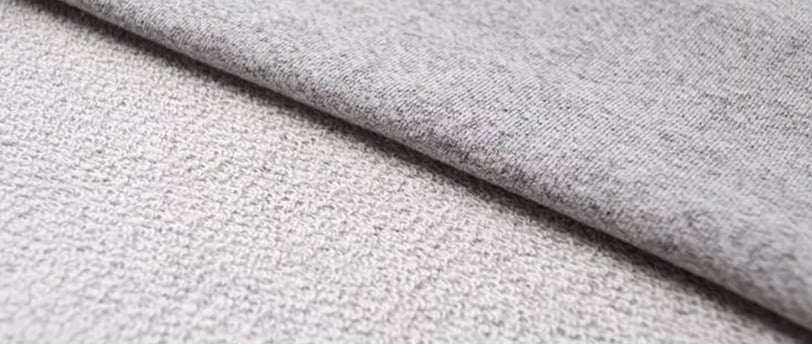The Dynamic Realm of Fashion: Natural vs. Synthetic Fibers
Discover the impact of your wardrobe's materials in our latest blog. Dive into the world of natural and synthetic fibers, exploring their benefits, drawbacks, and environmental footprints. Empower yourself with knowledge to make fashion choices that align with your style and sustainability values. Read on for an insightful journey through the threads that weave our clothes and conscience together.
1/19/20242 min read


Introduction
In the ever-evolving world of fashion, the materials we choose for our clothes—natural or synthetic fibers—carry weighty implications. This goes beyond aesthetic appeal, touching upon sustainability, functionality, and environmental impact. Today's consumers, more informed than ever, are asking critical questions about the lifecycle of their clothing, its production, and disposal.
Natural Fibers
Definition and Examples Natural fibers are threads derived directly from nature, including plant-based fibers like organic cotton, pima cotton, and linen, and animal-based fibers such as wool and silk. These fibers have been clothing staples for centuries due to their breathability and biodegradability.
Benefits
Eco-Friendly: Sourced from renewable resources, these fibers are biodegradable, minimizing environmental impact upon disposal.
Comfort: Known for their breathability, natural fibers regulate body temperature effectively, making them ideal for warmer climates.
Hypoallergenic Properties: Safer for sensitive skin, they cause fewer irritations or allergic reactions.
Drawbacks
Durability Issues: Natural fibers can be less durable than synthetic ones, wearing out or tearing more easily.
Care Requirements: They often demand specific washing instructions and careful handling.
Higher Cost: The cultivation and processing of natural fibers can be more resource-intensive, leading to higher prices.
Synthetic Fibers
Definition and Examples Synthetic fibers, such as polyester, nylon, acrylic, and spandex, are man-made from chemical compounds, often petroleum-based. These fibers are engineered for specific qualities like durability and wrinkle resistance.
Benefits
Durability: They offer superior strength and longevity.
Maintenance: These materials are usually easy to care for, being machine-washable and quick-drying.
Versatility: Adaptable to a wide range of clothing needs, from sportswear to winter garments.
Drawbacks
Environmental Concerns: Production relies on non-renewable resources and contributes to microplastic pollution.
Comfort Issues: Some synthetic fibers are less breathable, potentially causing discomfort.
Skin Sensitivity: They may irritate the skin, particularly for those with sensitivities.
Environmental Impacts
Natural Fibers
The environmental footprint varies with farming practices. Organic farming, for instance, reduces soil and water pollution.
However, conventional farming methods for fibers like cotton can be water-intensive and chemically reliant.
Synthetic Fibers
Their production is energy-intensive, with a significant carbon footprint.
The reliance on fossil fuels and contribution to microplastic pollution are major environmental concerns.
Final Thoughts
The choice between natural and synthetic fibers is complex, involving considerations of comfort, functionality, and environmental impact. Natural fibers offer eco-friendliness and comfort but may lack durability. Synthetic fibers excel in durability and ease of care but pose environmental challenges.
At Setcomforts, we urge you to consider these factors in your clothing choices, aligning them with your values and lifestyle needs. Your decisions contribute to personal comfort, style, and a sustainable fashion future.
Remember, each fashion choice is a step towards the future we envision—a balance of comfort and planetary well-being.
